Columbus later wrote:
They traded with us and gave us everything they had, with good will. They took great delight in pleasing us. They are very gentle and without knowledge of what is evil; nor do they murder or steal. Your highness may believe that in all the world there can be no better people. They love their neighbours as themselves, and they have the sweetest talk in the world, and are gentle and always laughing.
Columbus wasn't so charitable in return and later, on his second voyage, he began to require tribute from the Taíno in Hispaniola. According to Kirkpatrick Sale, each adult over 14 years of age was expected to deliver a hawks bell full of gold every three months, or when this was lacking, twenty-five pounds of spun cotton. If this tribute was not brought, the Spanish cut off the hands of the Taíno and left them to bleed to death. These cruel practices inspired many revolts by the Taíno and campaigns against the Spanish —some being successful, some not.
Colin had visited Cayo Largo which is an isolated cay east of the Isla de Juventud and south of Zapata. Here he got wonderful film of a female Green Turtle laying her eggs in the sand and later the perilous journey that the hatchlings make to the sea being preyed upon by Common Black Hawks. He had beautiful footage of comparatively tame jutías but he didn't say which species they were. These are large rodents in the family Capromyidae and there are ten species on Cuba though several are restricted to the islands and cays and one or more of these may already be extinct.
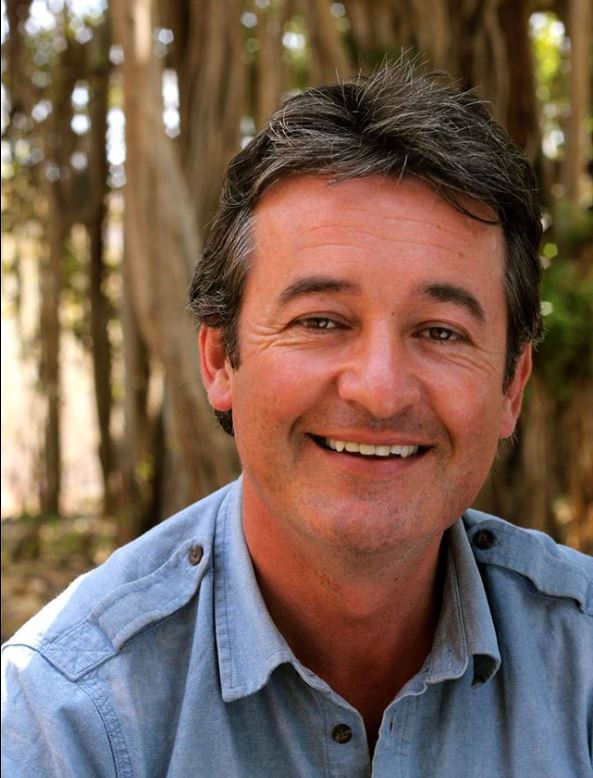
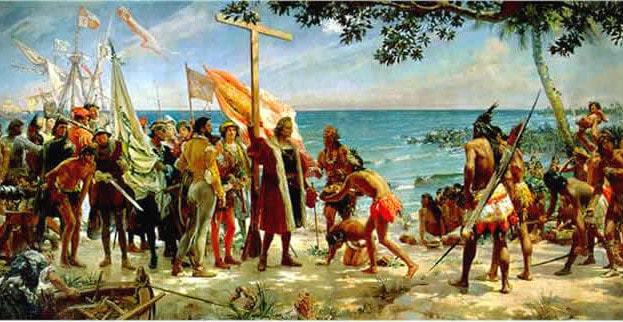
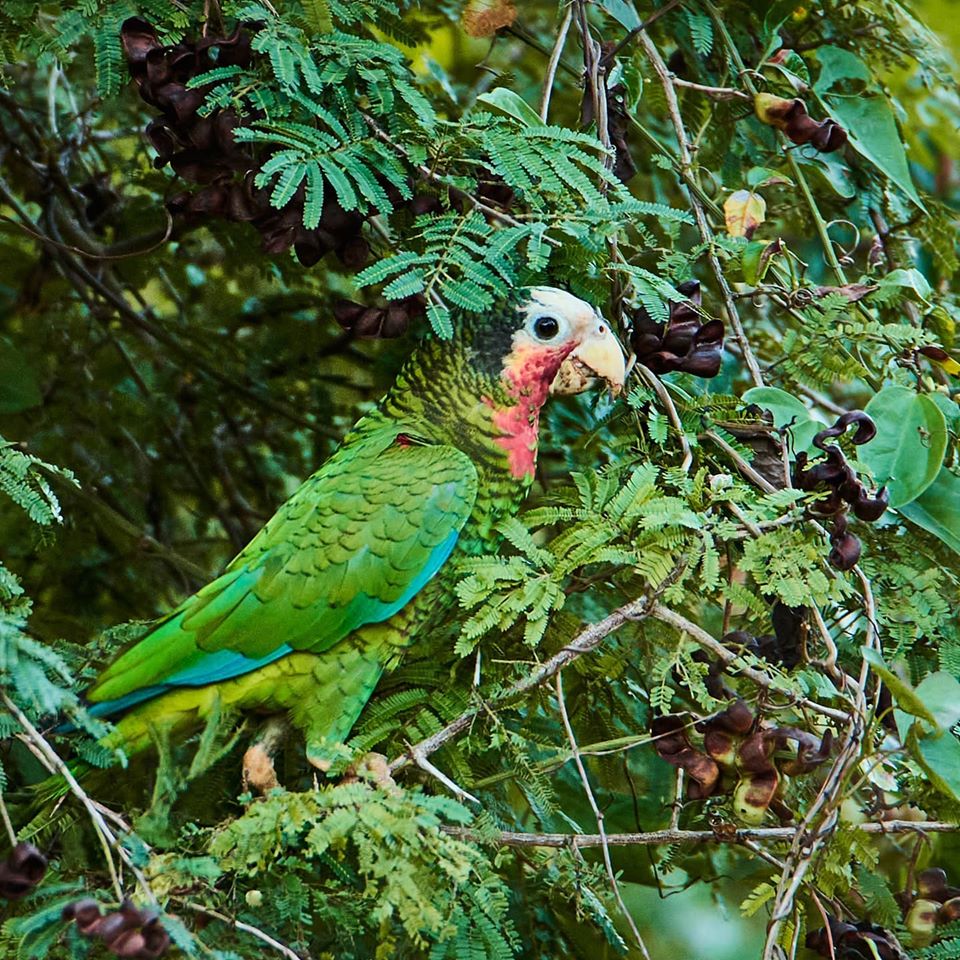
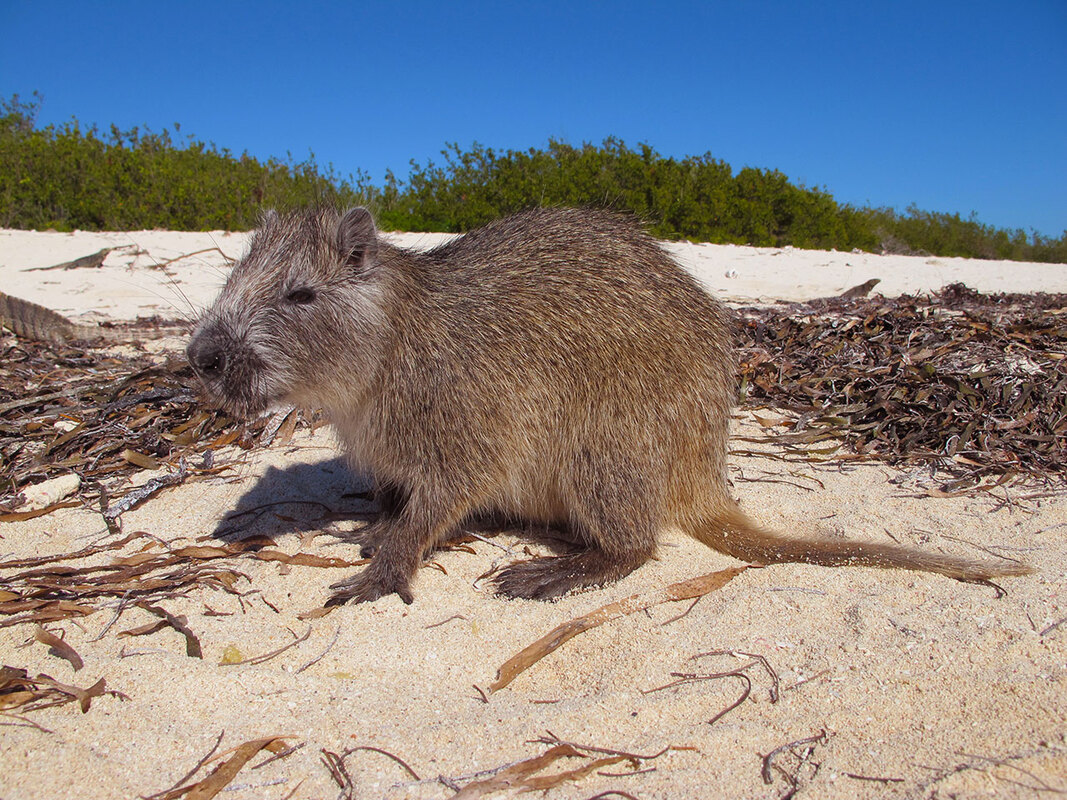
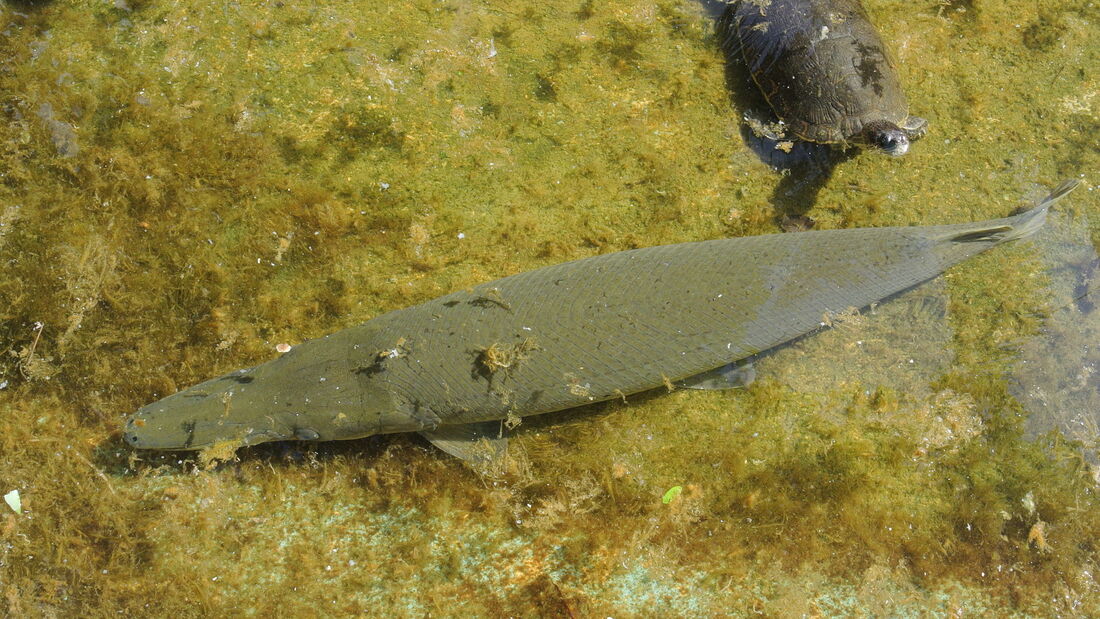
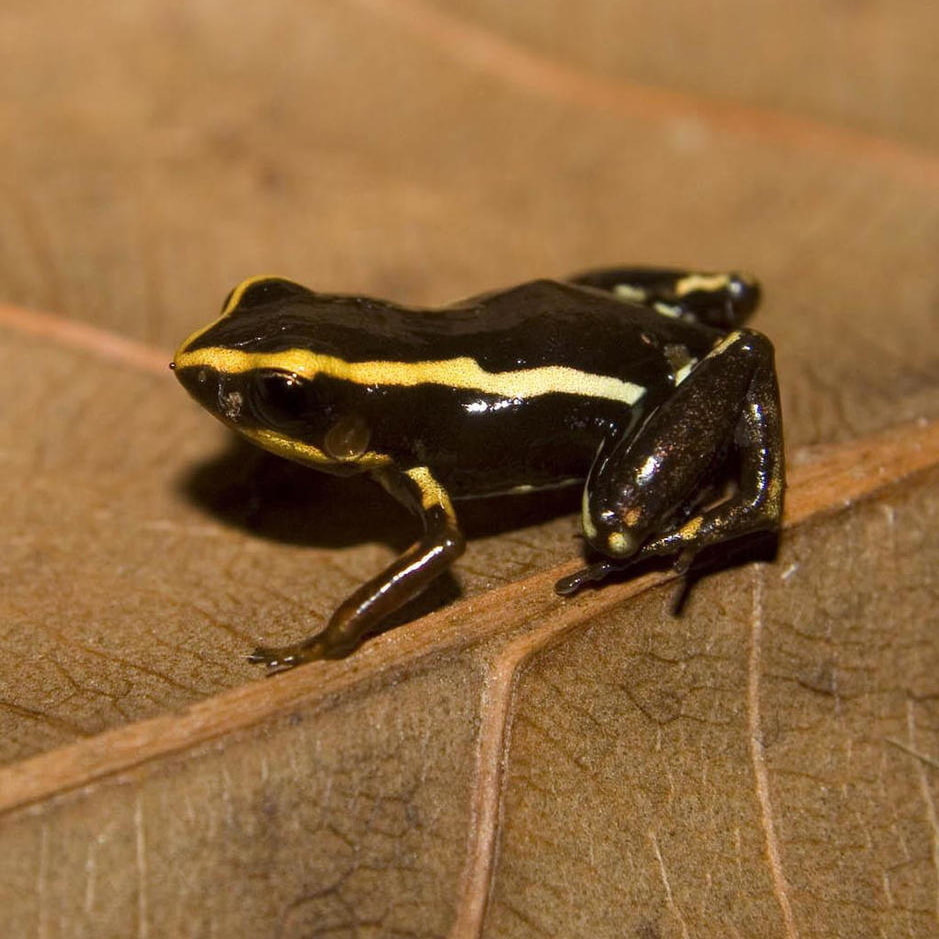
 RSS Feed
RSS Feed